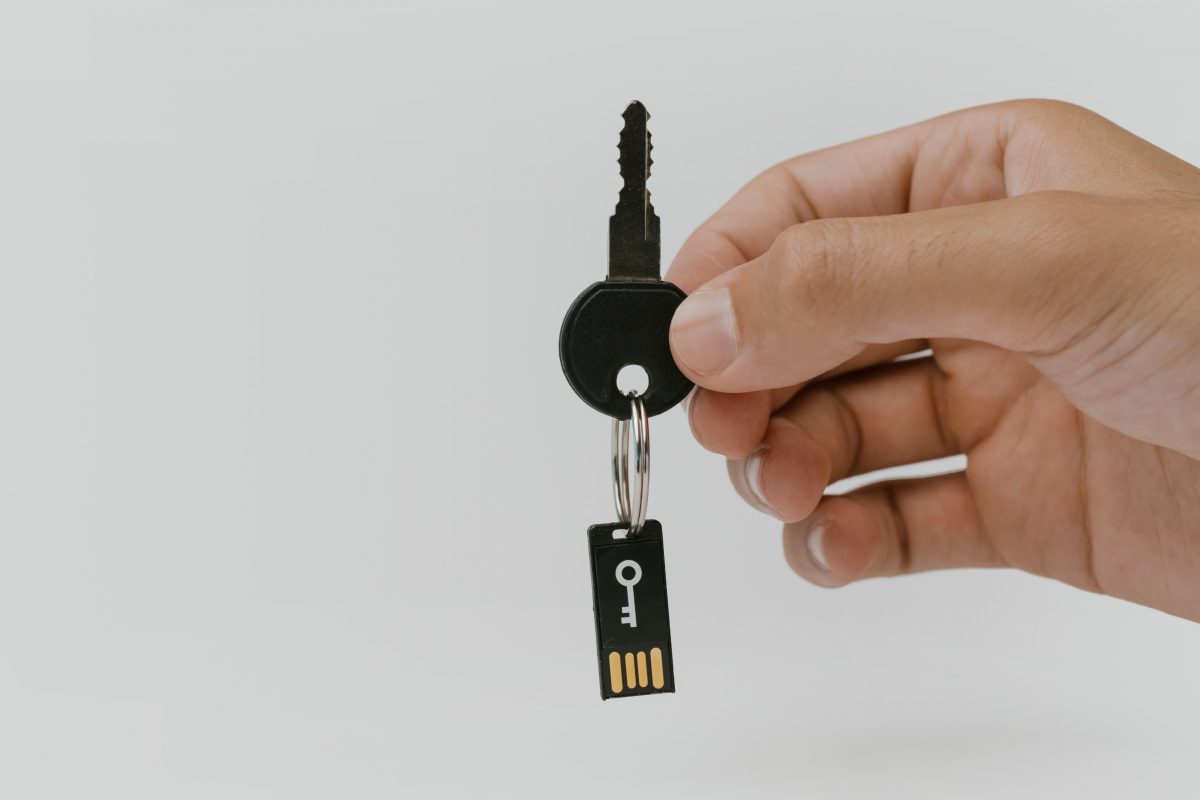If you’re a regular internet user, you’ll be accustomed to using passwords to access data. You’re probably accumulating passwords at quite a fast rate, in fact, as you expand your web use and sign up to ever more sites. But inventing a new security code on the spur of the moment can be a perplexing task, what with the need to make it both secure and memorable. When you wish to apply it again, you have the challenge of picking it out from all your other passwords. The whole process can be exasperating, unless you have a workable system in place. The tips below offer simple ways to set, sort and recall your passwords from now on.
Choose a word
Choose one word or name for all your passwords. That will save you pondering over the possibilities each time you set a new one, as well as being easy to recall. You’ll want a word that springs naturally to your mind but not to others, such as one representing a personal passion, hobby, experience or item. Favourites within a given category, such as colours, foods or sports, are also easy to choose and remember.
You could take a name, though not your own or any identifiable one that could help a fraudster unlock personal data. The name of a pet or randomly picked place would be safer. When you’ve chosen your word, you can use it safely in every password, with variations within and around it. These can also be set within a simple system.
Pick some numbers
Pick a few numbers to include in your passwords. As with your word choice, you’ll need to be able to remember your numbers with ease, so think up a simple sequence, such as the first three digits of your best friend’s phone number, or the date of a personal event, excluding your birthday. Arrange your numbers within and around your word in a way that will be easy to remember. The number, or numbers, inside your word will fox automated password hackers.

Add a few signs
It’s advisable to incorporate a symbol or two in your password, such as a question mark, dash or exclamation mark, for extra security. You might choose them for their shapes or meanings, or for easy finger reach. Position them with easy recall in mind.
Memorize and keep a note
Your basic passport format is now ready for testing. Say the sequence over to yourself, to check whether it’s catchy enough for instant recall. If the arrangement fails to roll off your tongue or sing in your head, adjust the components until it does. Keep a well-hidden note of your chosen sequence, written backwards or in two parts, and free of any reference, in case of any memory blips.
Differentiate for each website login
Now for a few variables to enable you to differentiate between your passwords and recall each one easily. Take the first three letters from the relevant site’s name or subject, and tag them onto the start or end of your sequence, changing them as appropriate for each new site.
Check for length
Requirements and facilities for password length vary, but security experts recommend using a minimum of sixteen characters when possible. Check and adjust your code accordingly, keeping any additions simple and memorable.
Update for extra security
Once in a while, change one character in your basic password sequence, for extra security. You might raise one of your numbers by one unit, say, or add an extra letter to your word. Keep a hidden note of these occasional adjustments and their dates, for reference. For further safety measures, log out of each site as soon as you’ve finished using it, and keep your password system to yourself.

By setting up a meaningful, memorable system for managing your passwords, you can ensure quick, stress-free creation and recall of codes forever more. But while the system works like a breeze for you, it’ll do nothing for anyone else.

